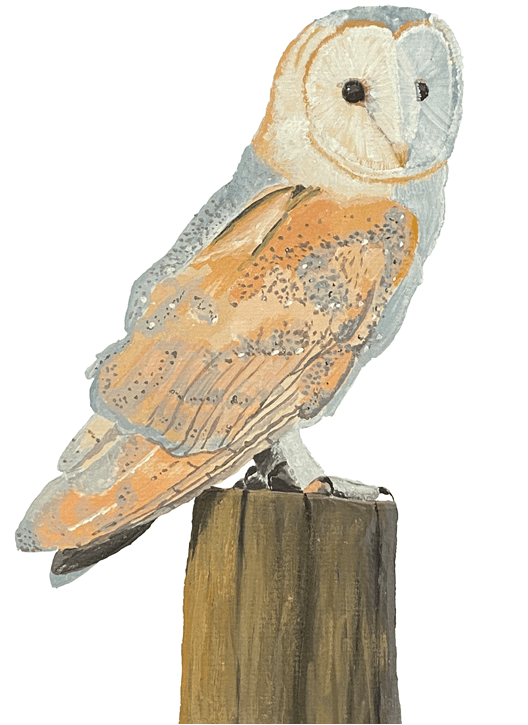Welcome to Owls 24/25

- Home learning to be handed in every Monday and then given back out on a Wednesday.
- Children to read at home with an adult 3 times a week and they will be entered into our class raffle.
- PE is on Monday's and Friday's.
- Parent consultations - Tuesday 15th October/Wednesday 16th October.
- Overnight Trip to Leeson House - Monday 3rd - Wednesday 5th March 2025

- Using a place value grid to determine the value of numbers
- Rounding to the nearest 10, 100, 1000, 10,000, 100,0000 and 1,000,000
- Comparing and ordering numbers up to 1,000,000
- Partition numbers up to 1,000,000
- Powers of 10
- Reading and writing numbers up to 1,000,000
- Adding and subtracting 4-digit numbers with and without exchanging
- Rounding to check answers
- Using inverse operations to check answers
- Solving multi step word problems
- Comparing calculations
- Find missing numbers
Topic subjects
As Geographers, we have been exploring the seven continents through song and using an atlas. We have used this understanding to research different facts about each one, including: climate, population, landmarks and tourism. The children have gathered data using graphs to chart the weather conditions in North and South America.
As Artists, the children have been looking at various artists who use collage in their work. We have taken inspiration from Gustav Klimt, Dale Devereux-Barker and have used positive/negative cutouts to create our own artwork.
As Scientists, we have been exploring states of matter. The children revised what is meant by a solid, liquid and gas. We had lots of fun experimenting with soluble and insoluble substances by mixing a variety of ingredients in water. Also, we investigated how to separate certain mixtures using a variety of tools. We found that a sieve, magnet and colander were the best tools for the job!
Term 2
Writing and class text
In our daily reading and writing we have been exploring The Viewer by Shaun Tan. Building up to our big write, we have been exploring a variety of writing tools to help us create a descriptive setting description. These include: fronted adverbials, similes/metaphors, show not tell and using the other tools we have learned previously. We worked as a class to make sense of our new book and the pictures below show how the children interpreted the images shown. So many amazing ideas! Then, we used what we knew about the writing tools and our key text to retell the story using different settings and characters.
Maths
Multiplication and division
In this unit, the children explored different categories that numbers can be placed in. We have used our knowledge of place value and the value of numbers to help us learn. They have also used their knowledge to solve reasoning number/word problems to expand their understanding further.
The content that we covered include:
- Multiples and common multiples
- Factors and common factors
- Prime numbers
- Square and cube numbers
- Multiplying and dividing by 10,100,1000.
- Multiples of 10,100,1000.
Fractions
While learning fractions, it was important to recap and revise topics the children have learned because fractions can be tricky! We have revised what a fraction is and what it means to be part of a whole. While learning the Year 5 content, the children have been exposed to a variety of representations such as: diagrams, number lines and bar graphs.
The content that we covered include:
- Find equivalent fractions of unit and non-unit fractions
- Convert mixed numbers to improper fractions and improper fractions to mixed numbers
- Compare and order fractions less than one
- Compare and order fractions more than one
- Adding and subtracting fractions
- Add and subtract mixed number
This will likely go into Term 3 as there are so many big ideas and strategies to cover!
Topic
In DT, the children have been combing their knowledge with their History unit to create Roman soup. We have researched what Romans ate during their era and how this can be used in our final recipe. We have looked at diet and how food labels can inform us about making good choices for our health. To finish, the children have had the opportunity to taste their creations, if they wish to do so, and evaluate what they have made. We certainly have some aspiring chefs in Owls!











As Historians, we have been learning about the Romans and the empire they built, including in Britain. We looked at the progression of the Roman Empire using a timeline. The children used tech to research different types of Roman society and how they lived in their circumstances. They also learned the harsh reality of becoming a Roman soldier! Roman inventions make up a lot of what we use in Britain today, the children discovered the invention of roads, taller buildings, mathematics and writing were made a part of everyday living because of them.
As Artists, we have been completing our painting unit. We have learned about and used the same techniques of three key artists. These include: Chris Ofili, Fauvist techniques and William Morris. Chris Ofili uses line patterns and details in his artwork and the children have enjoyed experimenting with their own patterns in their final piece. Fauvist techniques take something realistic and uses bright colours and abstract design to make it look less realistic. The children chose an object or scene in the classroom to recreate. William Morris uses continuous patterns and designs. We have used patterned fabric to continue the pattern and make our own unique design.
Term 3






































